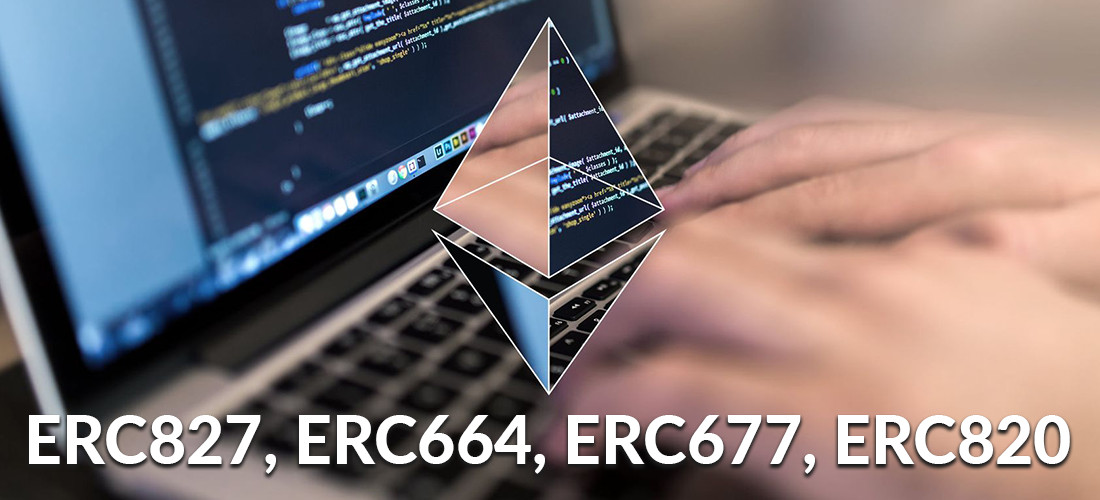Ethereum, the world’s second-largest cryptocurrency by market capitalization, is not just a platform for creating decentralized applications (DApps) but also an ecosystem for developing tokens. These tokens are created according to specific standards to ensure interoperability, security, and seamless integration within the Ethereum network. One of the key factors contributing to Ethereum’s success is the diversity of ERC (Ethereum Request for Comments) standards that cover various use cases and requirements. In this article, we will introduce the most well-known Ethereum ERC standards and their unique characteristics.
1. ERC-20: The Standard for Fungible Tokens
The ERC-20 standard is one of the most well-known and widely used standards for creating fungible tokens on the Ethereum platform. Fungible tokens are interchangeable with each other as they have the same value and properties. ERC-20 tokens are prevalent and supported on most cryptocurrency exchanges. This standard defines a set of functions that a token must implement, including querying the balance, transferring tokens between accounts, and counting the total supply in circulation.
2. ERC-721: The Foundation for Non-Fungible Tokens (NFTs)
While ERC-20 tokens are fungible, ERC-721 tokens are non-fungible, meaning each token is unique and has a distinct identity. This standard has enabled the creation of non-fungible tokens (NFTs) used for digital collectibles, artwork, real estate, and more. ERC-721 tokens are a vital part of the growing market for digital assets, allowing collectors to own digital one-of-a-kind items.
3. ERC-1155: The Hybrid Solution for Fungible and Non-Fungible Tokens
ERC-1155 is a more flexible token standard that supports both fungible and non-fungible tokens within a single smart contract. This allows developers to manage different types of tokens in a single implementation, increasing efficiency and reducing gas fees. ERC-1155 is particularly useful for game developers who want to create both currency tokens and unique in-game items without needing separate smart contracts.
4. ERC-777: The Enhanced Token Standard
ERC-777 is an advancement of the ERC-20 standard, offering additional features and security mechanisms. It allows token issuers to monitor and control transactions before they are finalized, enhancing security and preventing fraud. ERC-777 also provides the option to use tokens, rather than Ether, for transaction fees, increasing flexibility for token use on the Ethereum platform.
5. ERC-1400: The Security Standard for Tokens
ERC-1400 is a standard focused on the security of token transactions and compliance with regulatory requirements. This standard implements features such as transaction verification, transfer restrictions, and compliance with Know Your Customer (KYC) and Anti-Money Laundering (AML) regulations. ERC-1400 tokens are especially relevant for projects that must meet strict compliance requirements, such as Security Token Offerings (STOs).
Conclusion
The diversity of Ethereum ERC standards has significantly advanced token development and the creation of decentralized applications on the Ethereum platform. Each of these standards offers unique features and use cases that are utilized by developers and businesses worldwide. The combination of interoperability, security, and flexibility makes Ethereum one of the most important ecosystems for asset tokenization and the creation of DApps that have revolutionized how we store and transfer value. It will be exciting to see how these standards continue to evolve and what innovative applications emerge on the Ethereum platform in the future.

